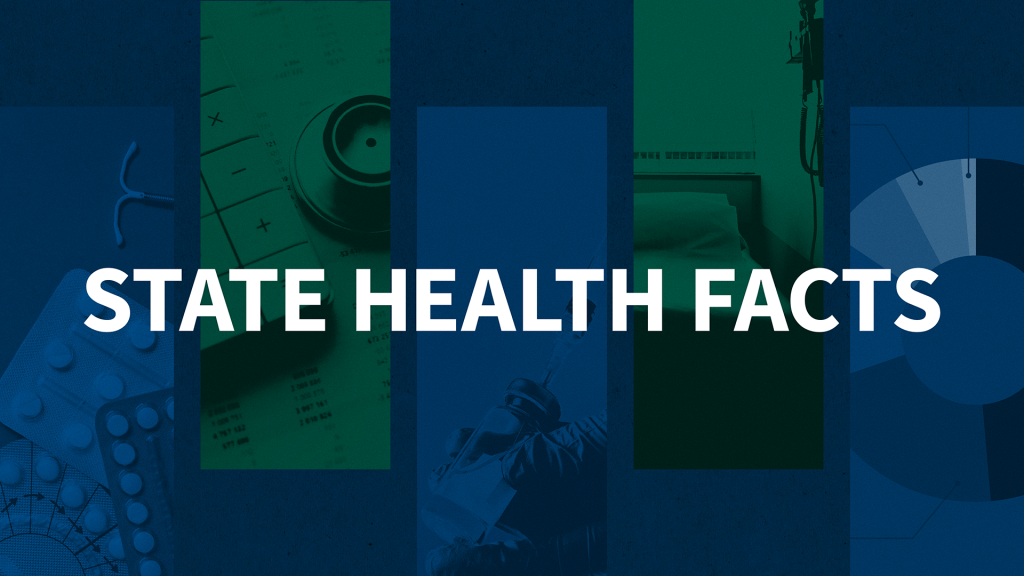Pulling it Together: The Sleeper in Health Reform
The health reform legislation currently being crafted on Capitol Hill is undeniably complex.
The independent source for health policy research, polling, and news.
KFF’s policy research provides facts and analysis on a wide range of policy issues and public programs.
KFF designs, conducts and analyzes original public opinion and survey research on Americans’ attitudes, knowledge, and experiences with the health care system to help amplify the public’s voice in major national debates.
KFF Health News is a national newsroom that produces in-depth journalism about health issues and is one of the organization’s core operating programs.
State Health Facts is a KFF project that provides free, up-to-date, and easy-to-use health data for all 50 states, the District of Columbia, and the United States. It offers data on specific types of health insurance coverage, including employer-sponsored, Medicaid, Medicare, as well as people who are uninsured by demographic characteristics, including age, race/ethnicity, work status, gender, and income. There are also data on health insurance status for a state's population overall and broken down by age, gender, and income.
The health reform legislation currently being crafted on Capitol Hill is undeniably complex.
Medicare’s Role for Women This fact sheet highlights Medicare’s important role in providing women with health care coverage. It examines the demographic profile of women on Medicare, including their health and income status, the program’s benefits and cost-sharing requirements, and the prevalence of supplemental coverage to fill gaps in Medicare’s coverage. Fact Sheet (.
A few weeks ago a small group of upset single-payer advocates followed Senator Baucus into the parking garage of our D.C. building as he was arriving to do one of our health reform newsmaker breakfasts, cosponsored by Families USA and the National Federation of Independent Business.
This document contains the chartpack from the June Health Tracking Poll. The survey was designed and analyzed by public opinion researchers at the Kaiser Family Foundation and was conducted June 1 through June 8, 2009, among a nationally representative random sample of 1,205 adults ages 18 and older.
This document contains the key findings from the June Health Tracking Poll. The survey was designed and analyzed by public opinion researchers at the Kaiser Family Foundation and was conducted June 1 through June 8, 2009, among a nationally representative random sample of 1,205 adults ages 18 and older.
This brief, the fourth in a series, examines important changes to CHIP’s financing structure under the Children’s Health Insurance Program Reauthorization Act of 2009. The law includes a number of important programmatic and financing changes that affect both Medicaid and CHIP.
This Kaiser Family Foundation report documents the persistence of disparities between white women and women of color across the country. It provides a rare and comprehensive state-level look at disparities among women of different races and ethnicities on a broad range of indicators of health and well-being, including rates of diseases such as diabetes, heart disease, AIDS and cancer, and access to health insurance and health screenings.
The June Kaiser Health Tracking Poll finds remarkable stability in public opinion on health reform as Congressional committees begin to hone in on the details of their health reform bills and debate intensifies.
This document contains the toplines from the June Health Tracking Poll. The survey was designed and analyzed by public opinion researchers at the Kaiser Family Foundation and was conducted June 1 through June 8, 2009, among a nationally representative random sample of 1,205 adults ages 18 and older.
This video provides a snapshot of the Arlington (Va.) Free Clinic where, four times a month, medical personnel provide care and screenings exclusively to women. The video explores the hurdles that uninsured women face in accessing health care and the social issues, including work and family responsibilities, that create challenges for them. It is a companion to the report, “Putting Women’s Health Care Disparities On The Map: Examining Racial and Ethnic Disparities at the State Level.”
© 2025 KFF
